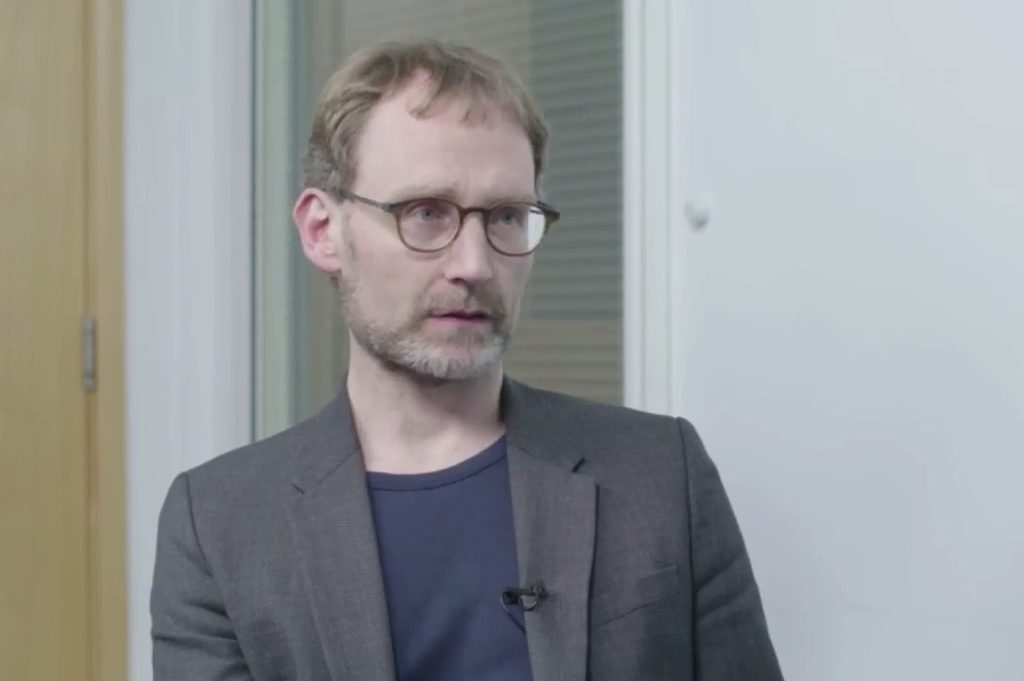Strange times in London. It is only five weeks since Prof Neil Ferguson of Imperial College was forced to resign from the British government’s SAGE committee after it was revealed that he had twice broken lockdown by entertaining his married lover at his home. Yet twice in the past two weeks, Professor Lockdown, as he is now known across the world, has been back to give evidence before parliamentary committees, last week with the House of Lords and today with the Commons select committee on science in Westminster.
And boy did he make best use of the opportunity. He told Members of Parliament:
‘The epidemic was doubling every three to four days before lockdown interventions were introduced. So had we introduced lockdown measures a week earlier, we would have reduced the final death toll by at least a half.’
To be fair to Ferguson he did then go on to admit that he had no proper scientific basis for making this claim. It was not an analysis which has been published in a scientific journal and peer-reviewed (for that matter his original paper of March 16, which persuaded the government to change course and, a week later, go into lockdown, still hasn’t been peer-reviewed either). He went on to tell the committee:
‘Whilst I think the measures, given what we knew about this virus then, in terms of its transmission and its lethality, were warranted, I’m second guessing at this point, certainly had we introduced them earlier we would have seen many fewer deaths.’
Some might say that is first-guessing rather then second-guessing, but never mind. What I suspect Ferguson will also have been able to guess was how his comments would be reported. At a government press conference an hour and a half later, the BBC’s Laura Kuenssberg and Sky News’s Beth Rigby both laid into Boris Johnson, the UK Prime Minister. They made out that Ferguson’s remarks were now scientific fact, and asked if he now regretted causing the deaths of 25,000 people by delaying lockdown for a week. Boris Johnson referred the question to the Chief Scientific Adviser and Chief Medical Officer who both said it was too early to be making judgments on what would have been the best course of action at the beginning of the epidemic.
Why does Ferguson — a man who has been horrendously wrong while making predictions in the past, on swine flu, avian flu, BSE and so on — have such a grip on the media? If Britain’s broadcast journalists were prepared to widen their scientific reading just a little they might have come across an alternative piece of modeling, by Simon Wood at Bristol University, which concluded that the peak of infection in Britain had occurred a week before lockdown and was in steep decline on the day that we all were all told to shelter in our homes.
I haven’t, I have to admit, listened to every minute of the BBC’s output on COVID-19, but, funny enough, I haven’t heard that study covered. If it is correct — and I am not saying it is; it is just one more piece of modeling in a crowded field of studies which have pointed in all kinds of directions) it would suggest that lockdown might not have been necessary at all.
Not to be outdone, Channel 4 News this evening uncovered an even more hyperbolic study from Imperial College, by Prof Steven Riley of the Faculty of Medicine, School of Public Health. This was apparently submitted to SPI-M, a sub-committee of SAGE on March 9, and claimed that unless lockdown was imposed the NHS would be overwhelmed and there could be 1.7 million deaths — more than three times Prof Ferguson’s estimate of 500,000.
Again, Channel 4 presented the Riley paper as if it were scientific fact, and did not even subject it to a basic critical analysis: 1.7 million deaths would amount to an infection fatality rate of at least 2.6 percent (assuming everyone in the country caught the disease) and 3.2 percent (if 8 in every 10 people caught it). That is way higher than has been measured anywhere.
[special_offer]
So why is Channel 4 News dragging up an old paper and not even asking basic questions about it? All through the COVID-19 crisis we have been poorly served by broadcasters, who have leapt on every hyperbolic paper or statement by Imperial College without looking more widely at the scientific evidence. That wider evidence varies massively and shows just how uncertain the forecasts have been — making it hugely difficult for the government, which must balance all kinds of interests. As the Prime Minister said at today’s briefing, it is too early — midway through the epidemic — to be able to work out what would have been the best course of action. This is going to take a lot more than a few words from Neil Ferguson.
This article was originally published on The Spectator’s UK website.


















